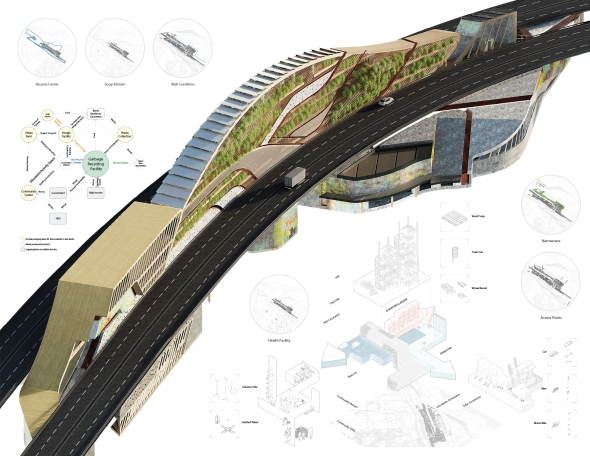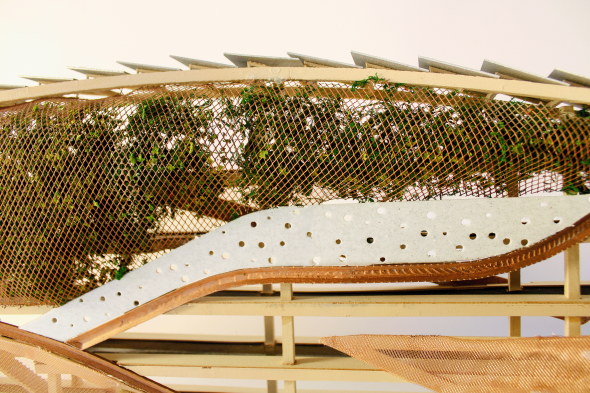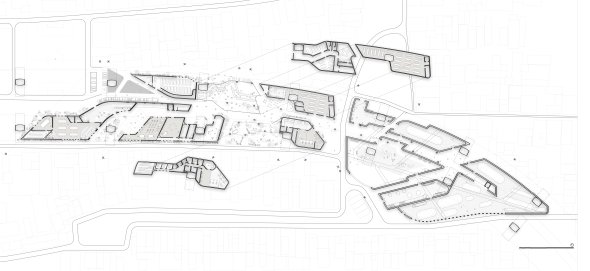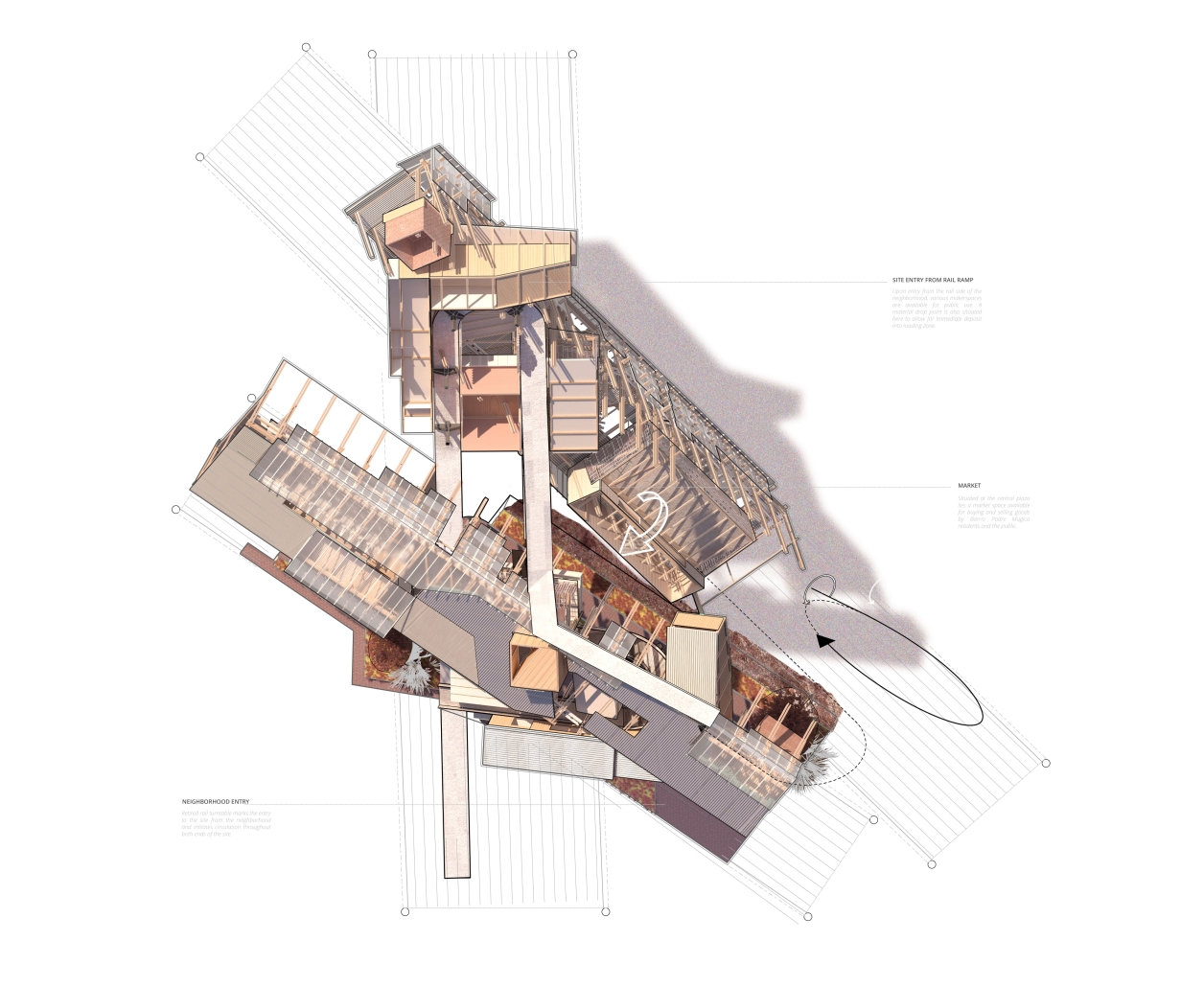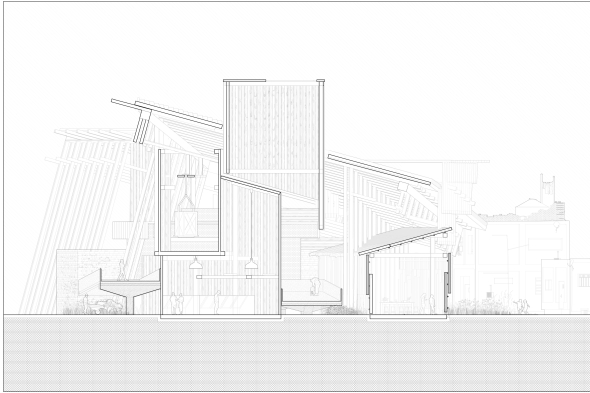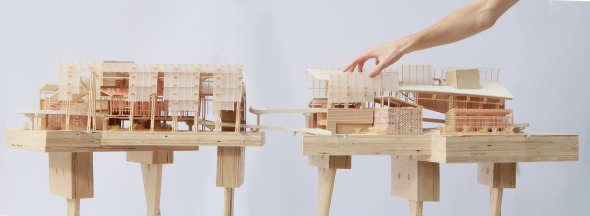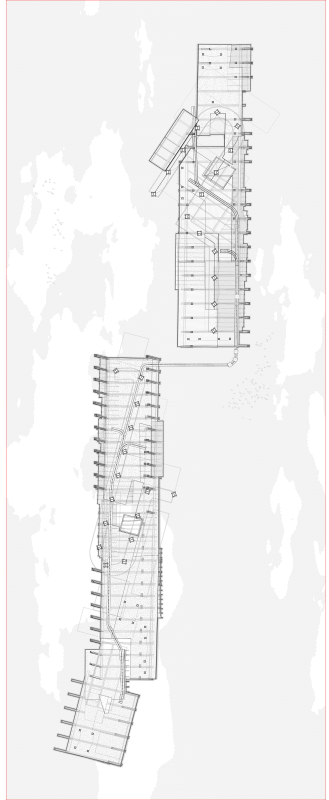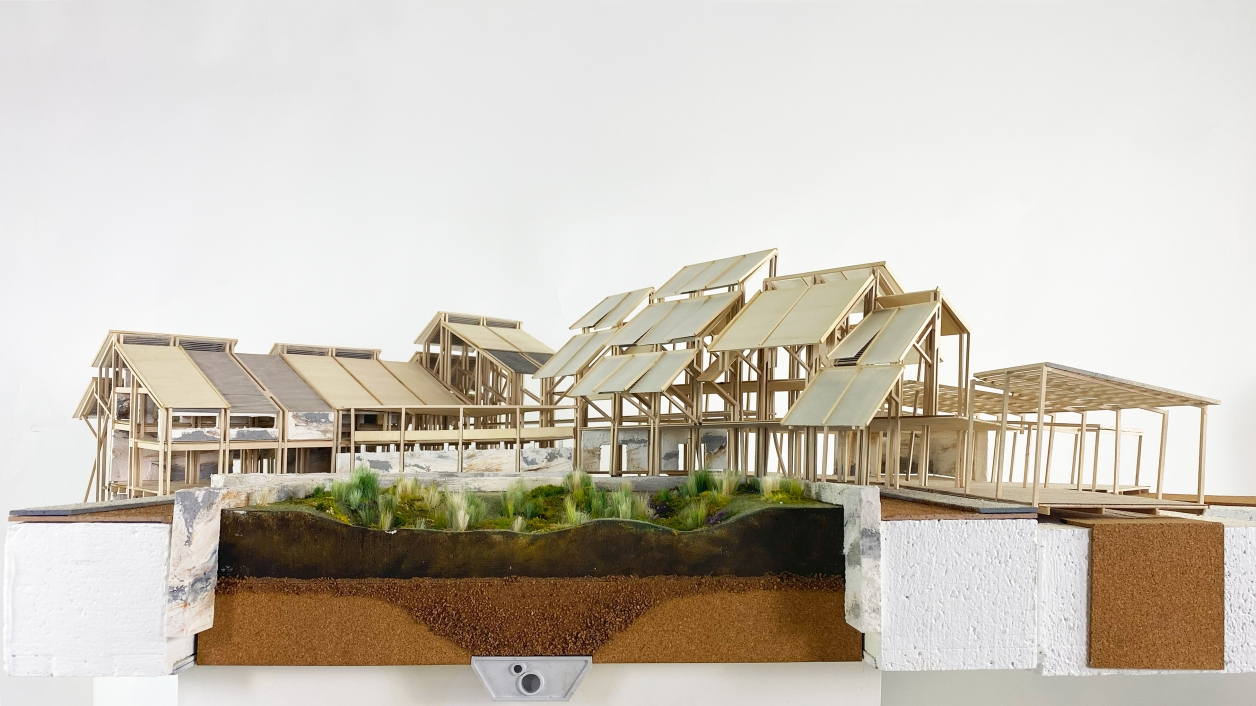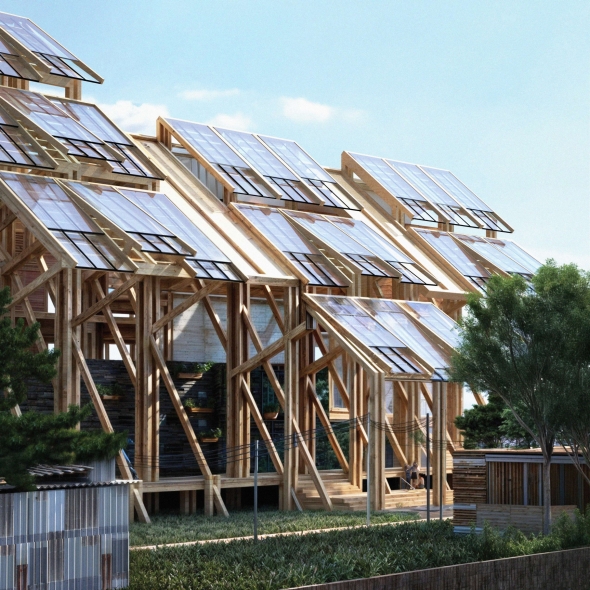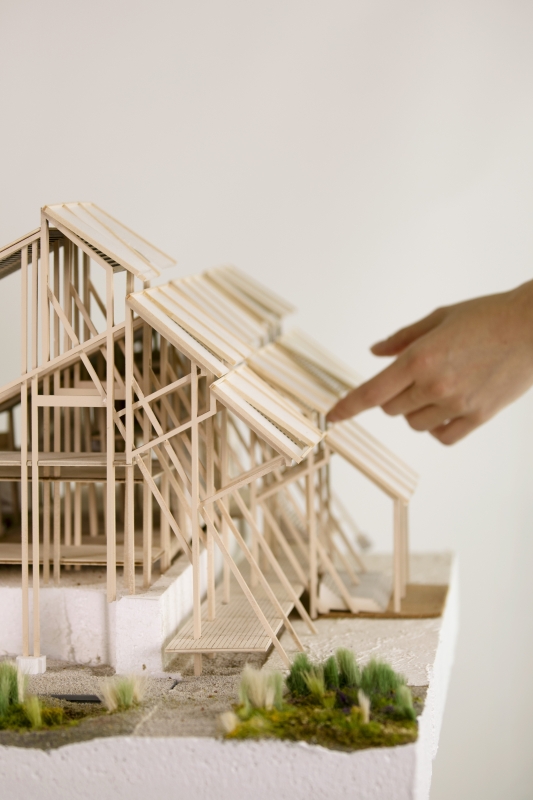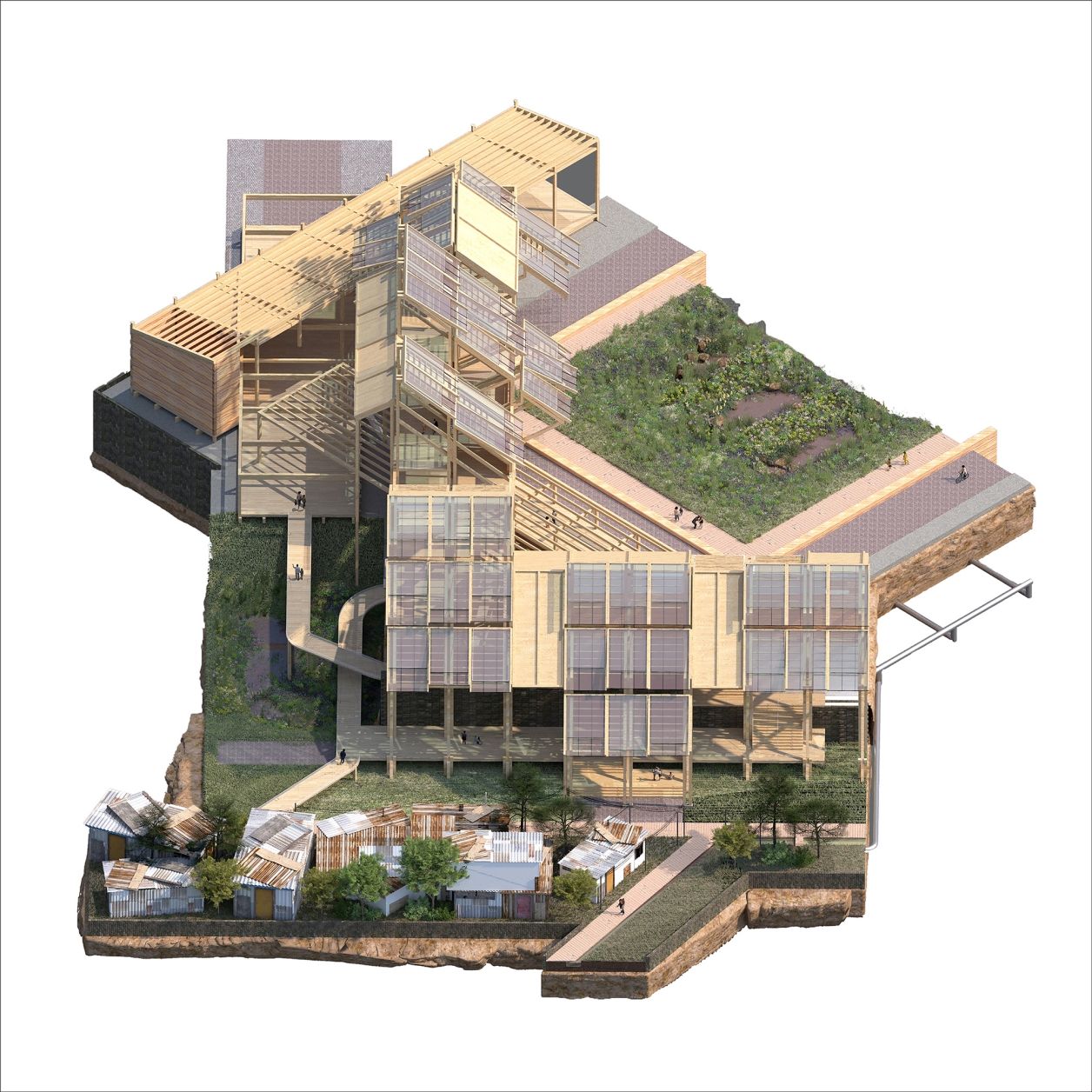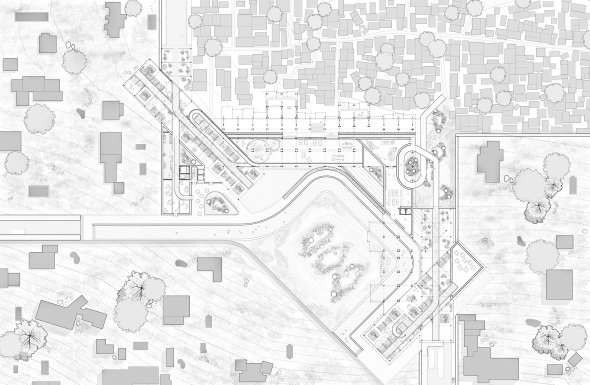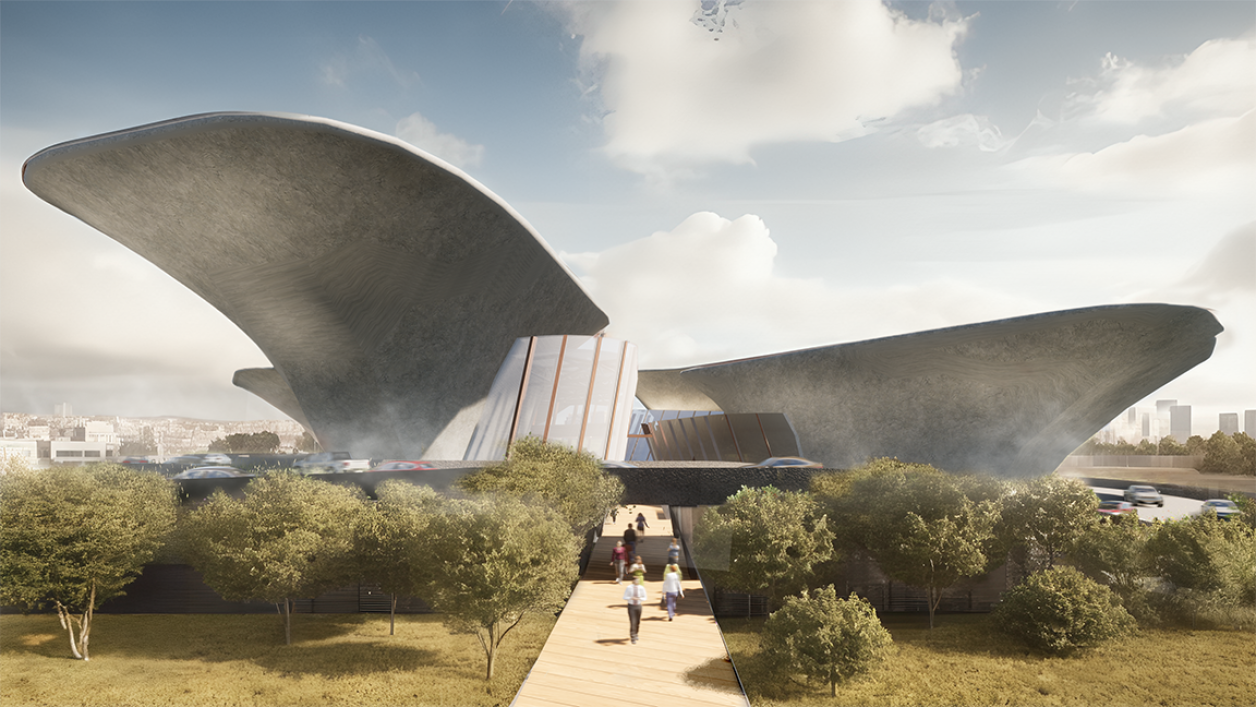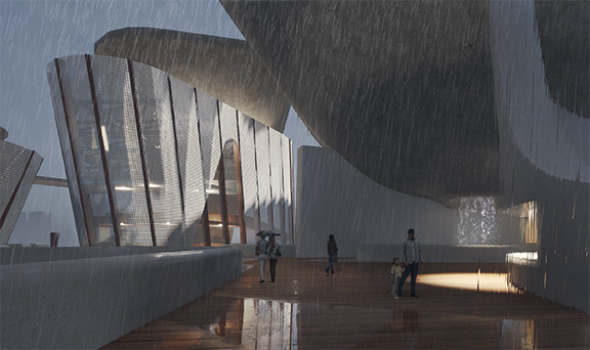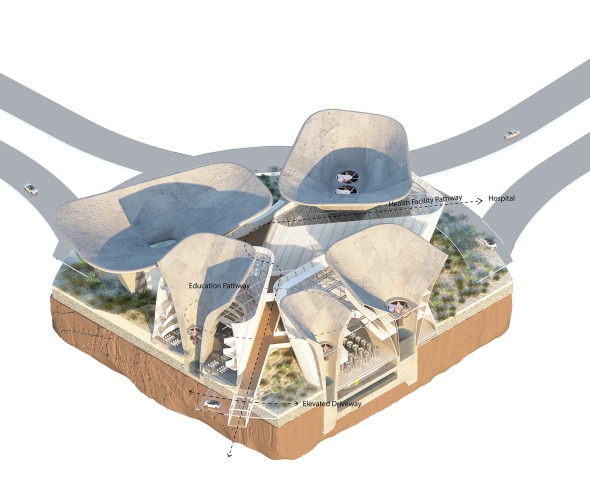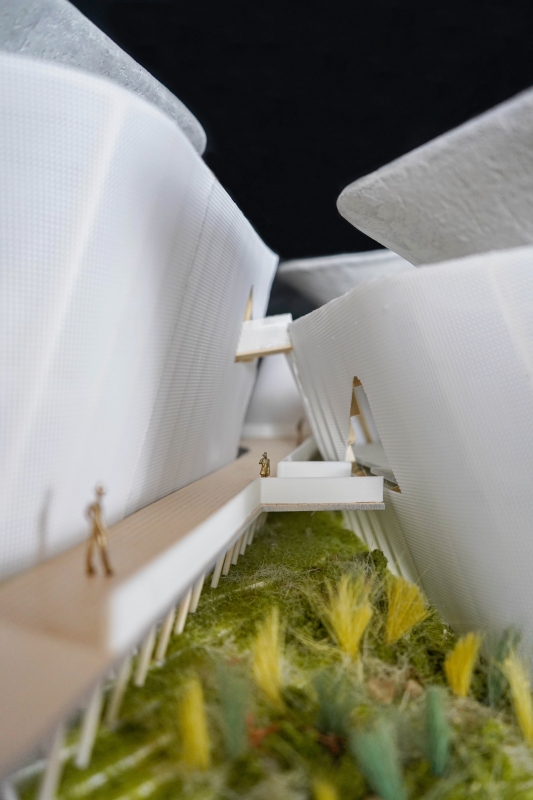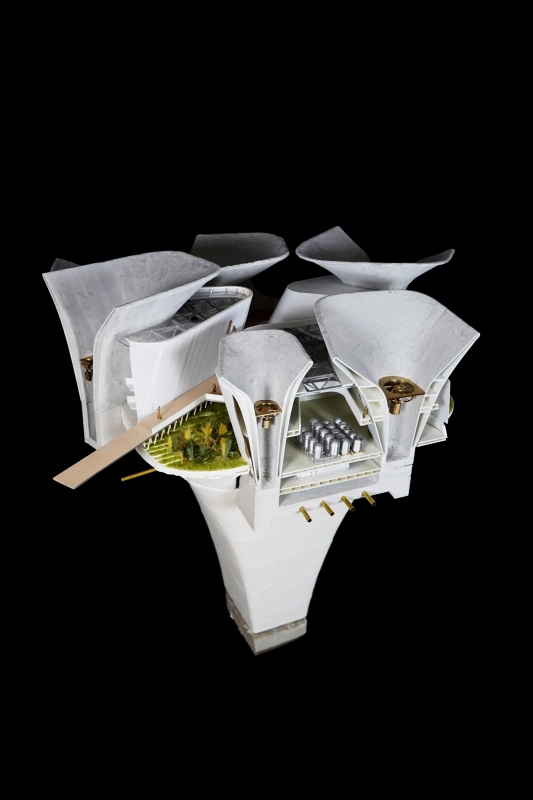Wall of Discord | Buenos Aires
A recent UN report has shown that although Income inequality between countries has improved, income inequality within countries has become worse. Today, 71 percent of the world’s population live in countries where inequality has grown. This is especially important because inequalities within countries are the inequalities people feel day to day, month to month, year to year. This is how people stack up and compare themselves with their neighbors, family members, and society. While Goal 10 of the Sustainable Development Goals (SDG 10) and its targets provide a framework, the fight against inequality must be rooted in country-contexts, economic imperatives, and political realities. There is no scope for a one-size fits all approach, and national policies and institutions matter. Buenos Aires is a striking example of this phenomena.
Three interesting conditions within the city are selected [to choose from]: the informal neighborhoods of Villa 31, Villa 20 and San Isidro. All have a specific binary clash of income classes and contrasting amounts of green space and urban facilities. All have a hard boundary to infiltrate / act upon. The students specifically focus on such global ecological challenges concerning architecture, earth, and hydrological systems in the Anthropocene. Themes like climate change, politics, infrastructure, new economies, and culture form the lenses to understand the City and its urban landscape in the context of a transforming environment. Flooding, drought and other forms of extreme weather are observed more and more as normal occurrences everywhere on the planet. The impact of urbanization, its global reaches into rural, oceanic, and atmospheric environments, has become immense, and often damaging. Human and non-human impact thus forms an ongoing feedback loop of dynamic interactions between the built and non-built environment.



